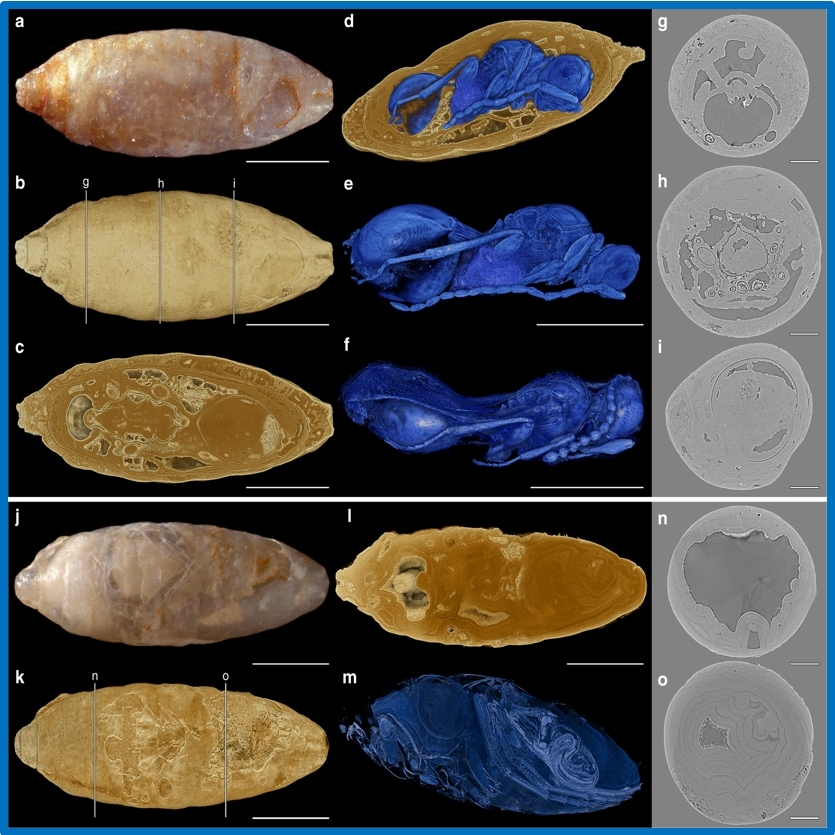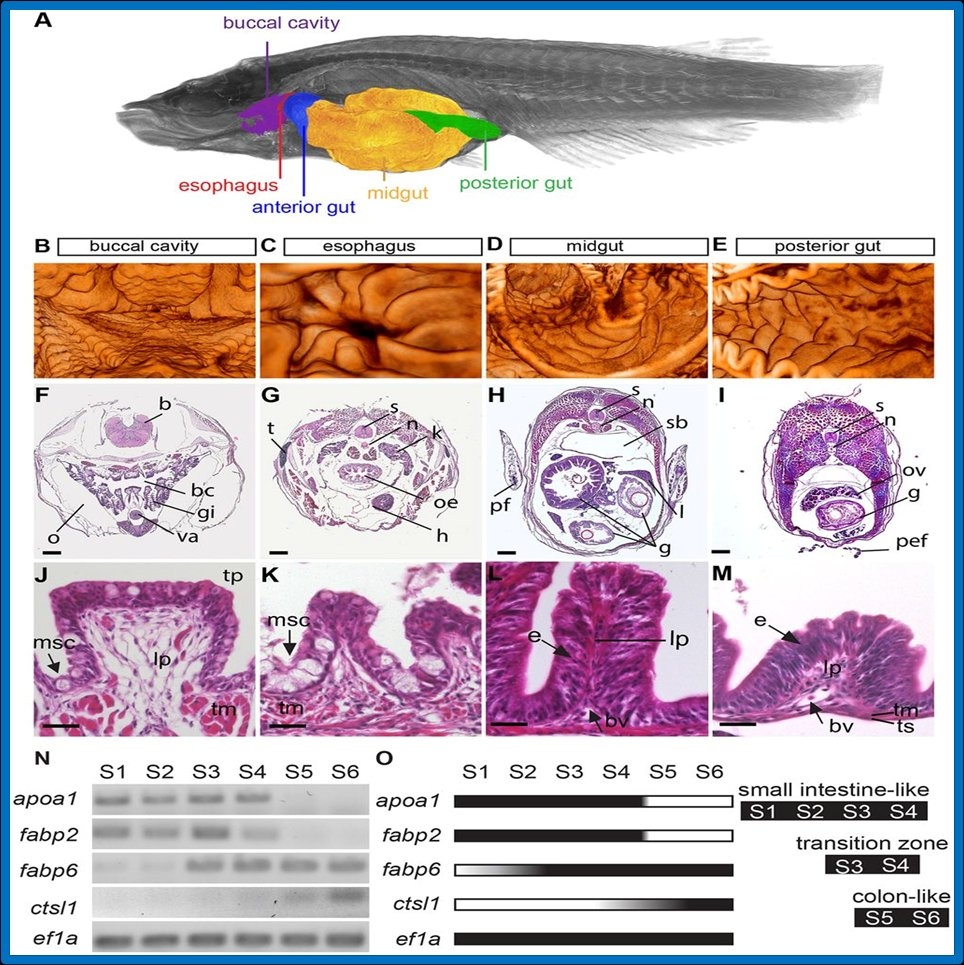Collaboration & Innovation
Research at IPS focuses on synchrotron based characterization of structure, electronic properties and behaviour of functional, applied materials, and with imaging methodologies applied to organisms, tissues and biomaterials. The current and past research projects listed below are conducted at IPS, usually in cooperation with other KIT institutes and national, and/or international partners.
IPS also offers direct access to its facilities and expertise for industrial and commercial customers wishing to carry out proprietary research. Contact and further information can be found here.
Current Research Collaboration Projects
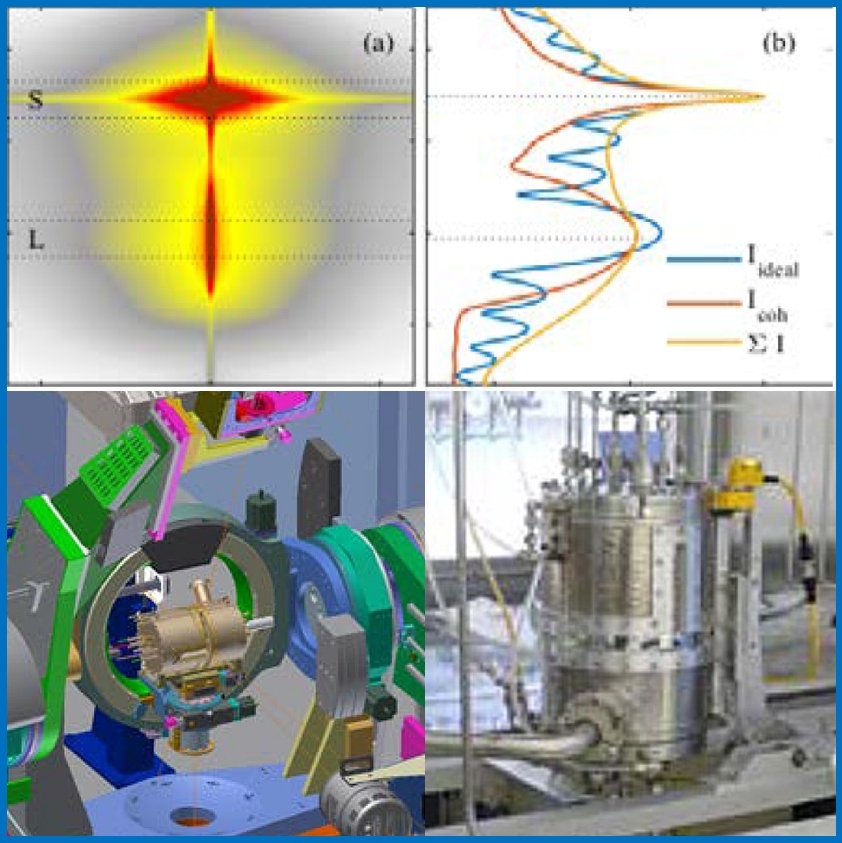
in situ CHaracterization of MOVPE growth dynamics and diffusion mechanisms in nitrides and their influence on Optoelectronic Properties of INGaN/AlGaN/GaN quantum structures
more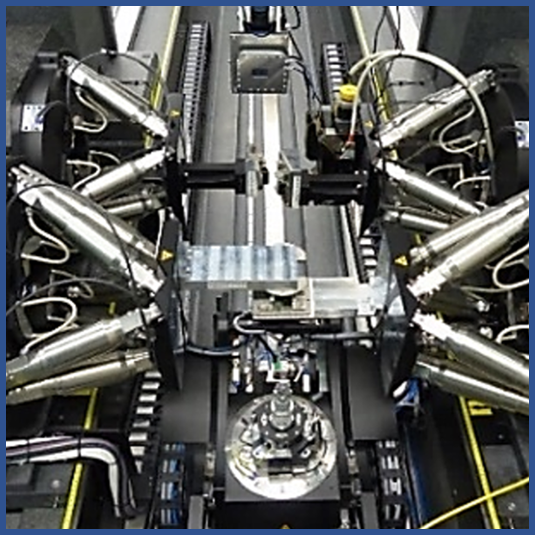
The Hierarchical Imaging KArlsruhe Station is currently under construction at the In situ X-ray Diffraction and Imaging Beamline P23 at PETRA III.
more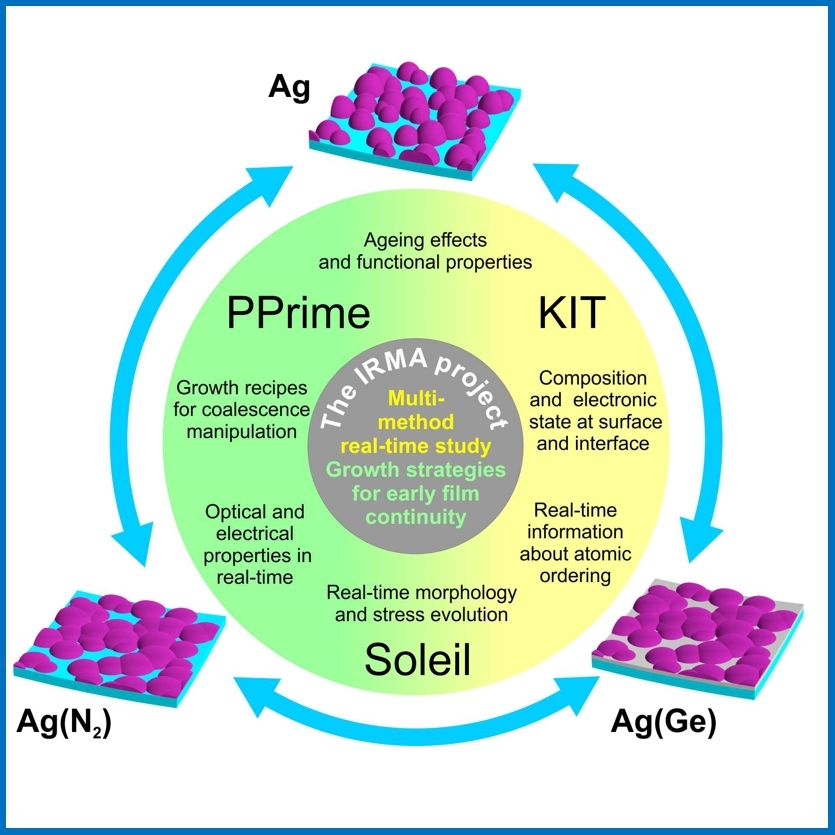
development of effective, non-invasive strategies for manipulating morphology and opto-electronic properties of vapor-deposited Ag nanostructures such as 3D islands and ultrathin layers, grown by magnetron sputtering at room temperature.
more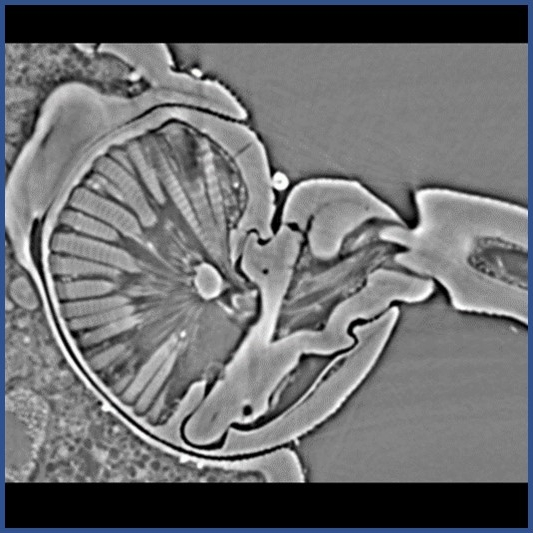
The new DFG-funded project „Joint-X” has started at IPS. Within the project, hundreds of beetle “hip” joints will be analyzed to trace the transformation from a simple hinge joint into one of the most peculiar characters in beetles – the “biological screw”
more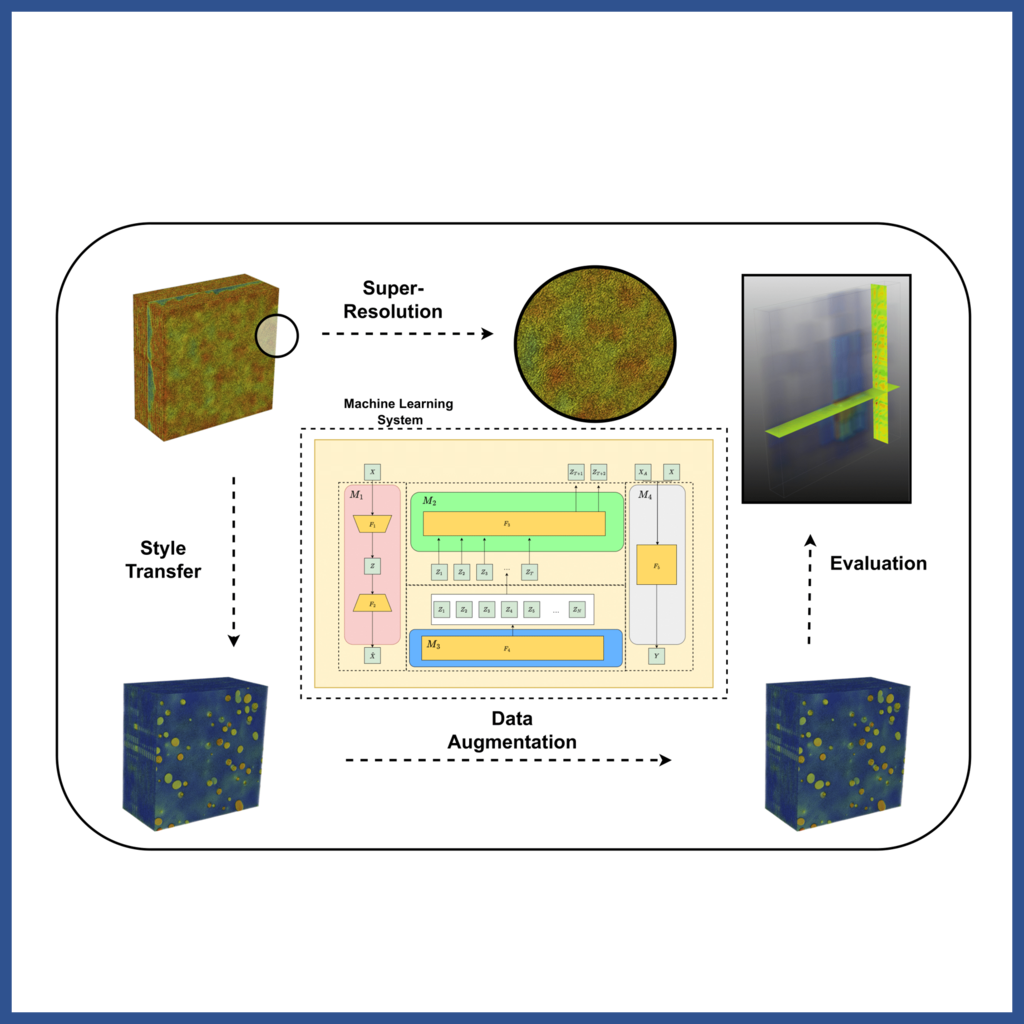
The overall objective of the project is to leverage Artificial Intelligence techniques for more efficient use of synchrotron radiation sources with micro-computed tomography (4D-CT).
more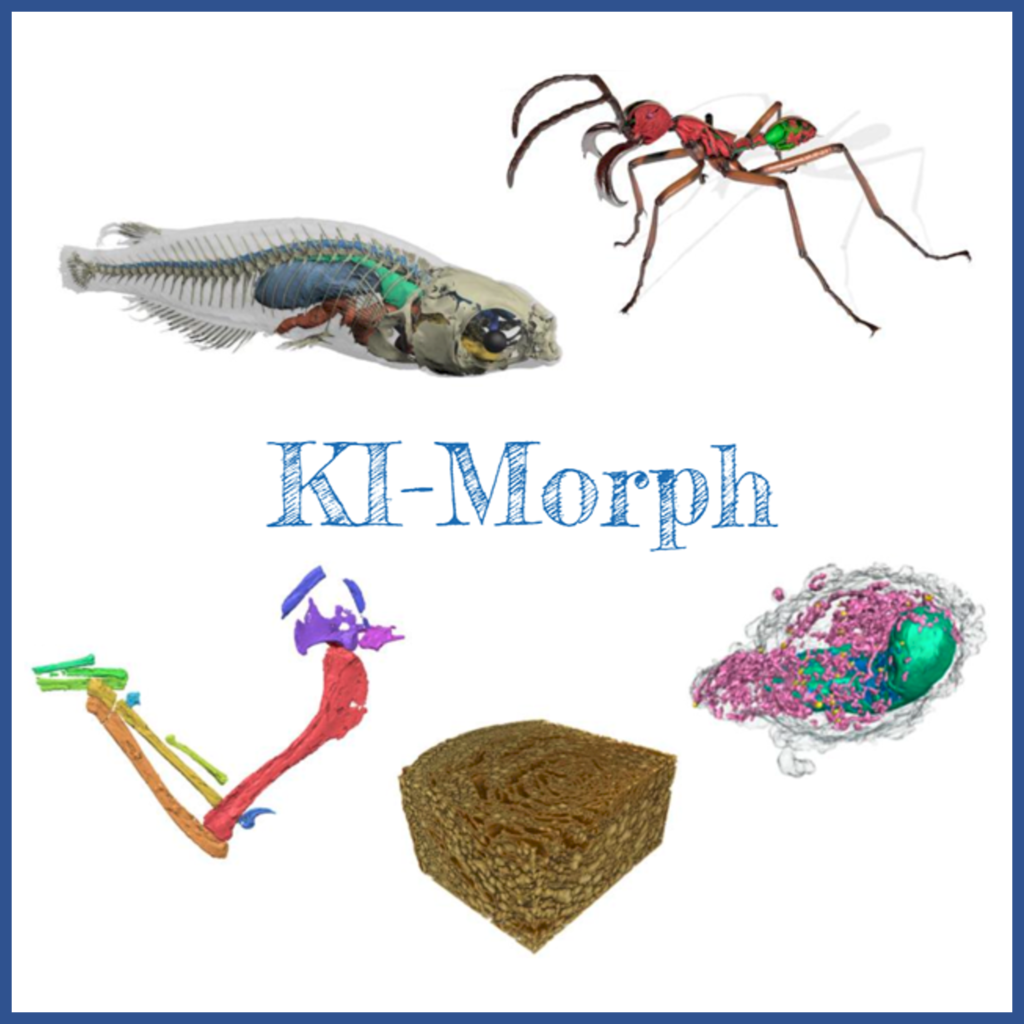
By harnessing the power of artificial intelligence, KI-Morph project automates the segmentation process, saving valuable time and resources while ensuring accurate results.
more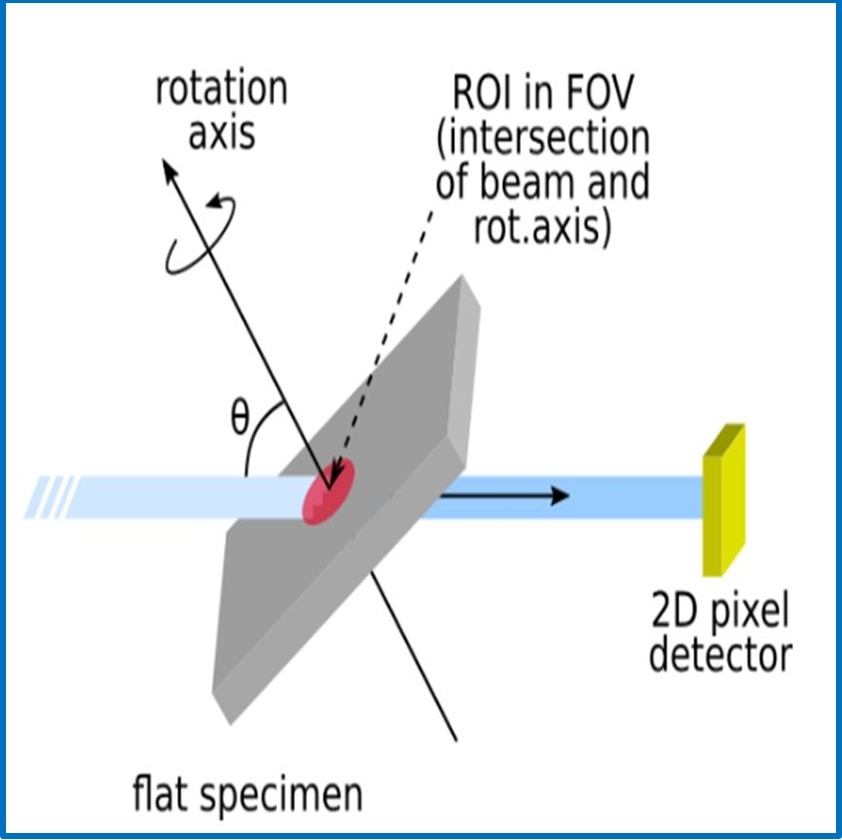
3D imaging of the microstructure inside flat sheet-like materials during testing under bi-axial loading. The methodology allows a unique multi-scale approach from a few hundred micrometers down to nanometer scale to investigate ductile damage nucleation and growth kinetics.
more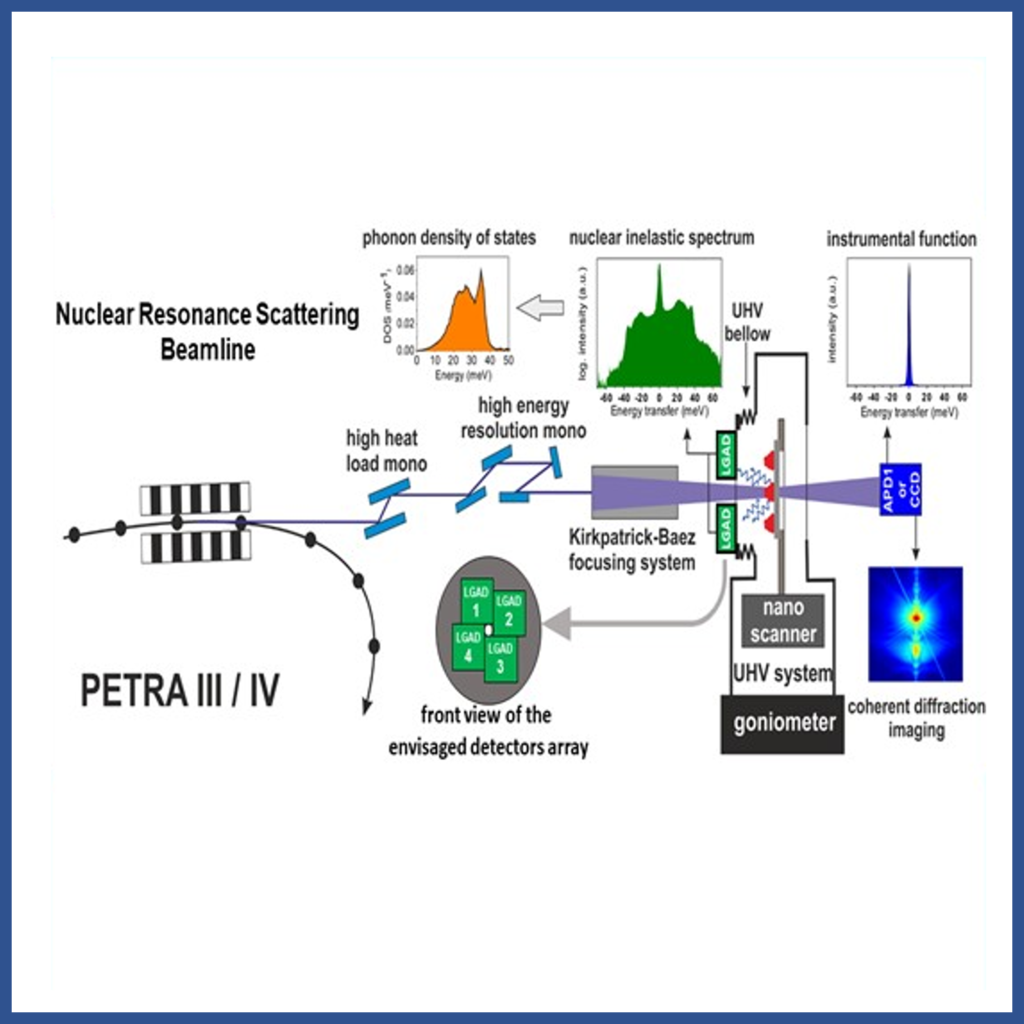
The aim of the LANRS project is to establish nuclear inelastic scattering as a unique experimental method for determination of the lattice dynamics of individual nano-objects using nano-focused x-ray beam at PETRA III/IV.
more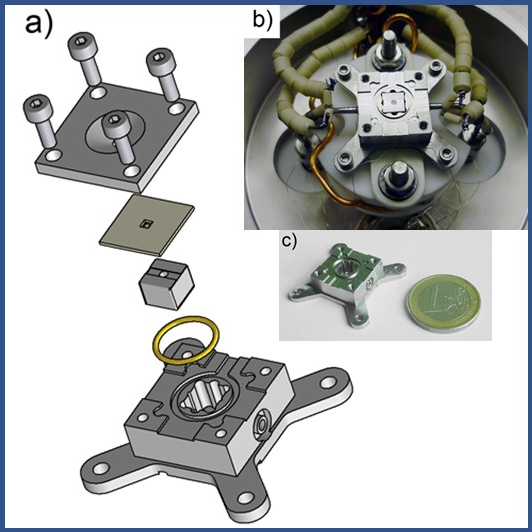
The goal of this project is to develop cutting-edge soft x-ray spectroscopy to study the electronic and chemical structure of FexNi100-xO(H)y electrocatalyst materials under operando conditions.
more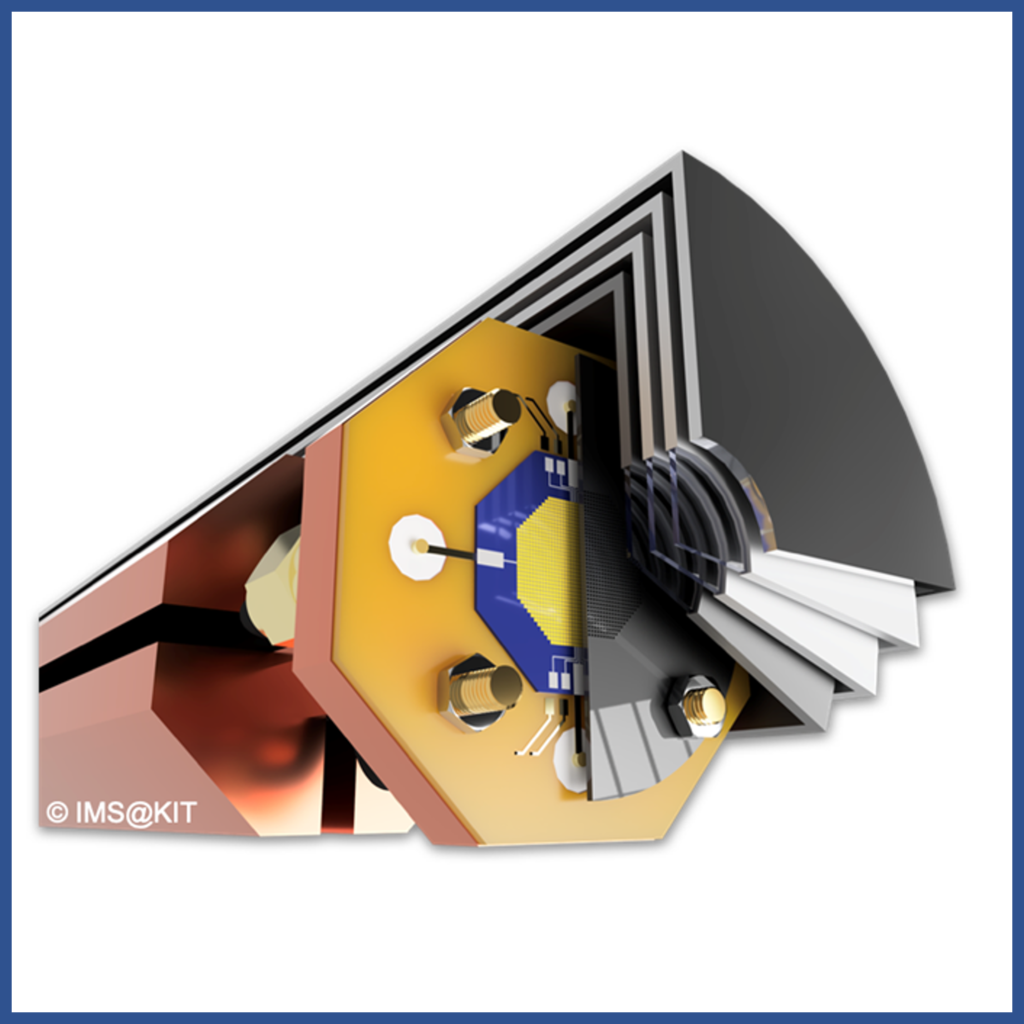
The joint project between the KIT institutes IPS, IMS, and INE aims to investigate the feasibility of a universal, compact, and modular cryogenic platform for the operation of an ultra-sensitive soft and hard x-ray quantum sensor array at multiple beamlines of the KIT Light Source.
more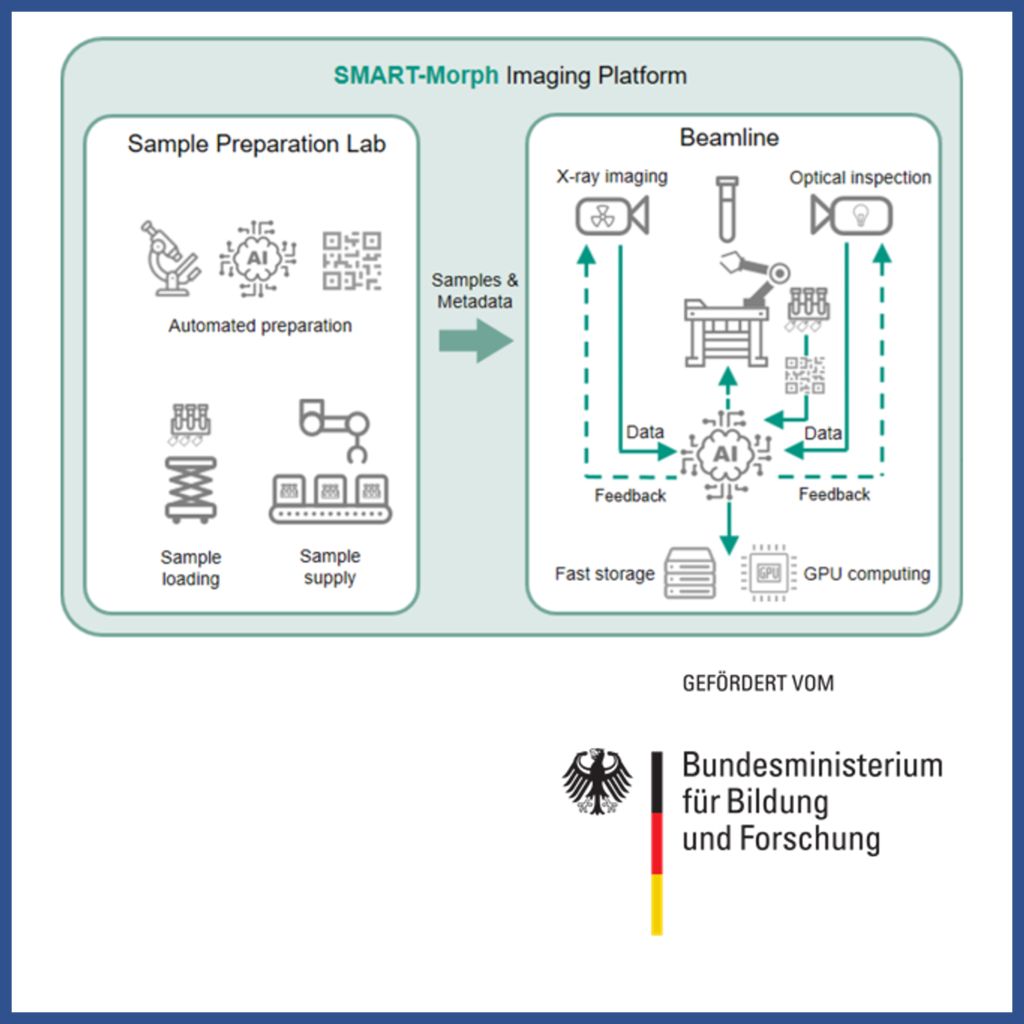
SMART-Morph develops automated, AI-assisted workflows for high-throughput 3D imaging of small organisms using Serial Micro-Computed Tomography (SµCT) at synchrotron facilities. The project enables large-scale morphological studies, linking morphology with molecular and ecological data for diverse scientific applications.
more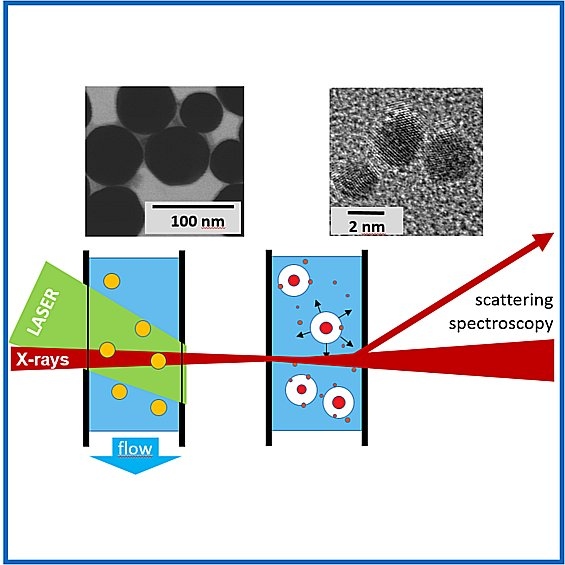
Combining in situ functionalization and transient ultrafast x-ray methods to elucidate the mechanistics of laser fragmentation and the associated growth kinetics of colloidal gold nanoparticles
more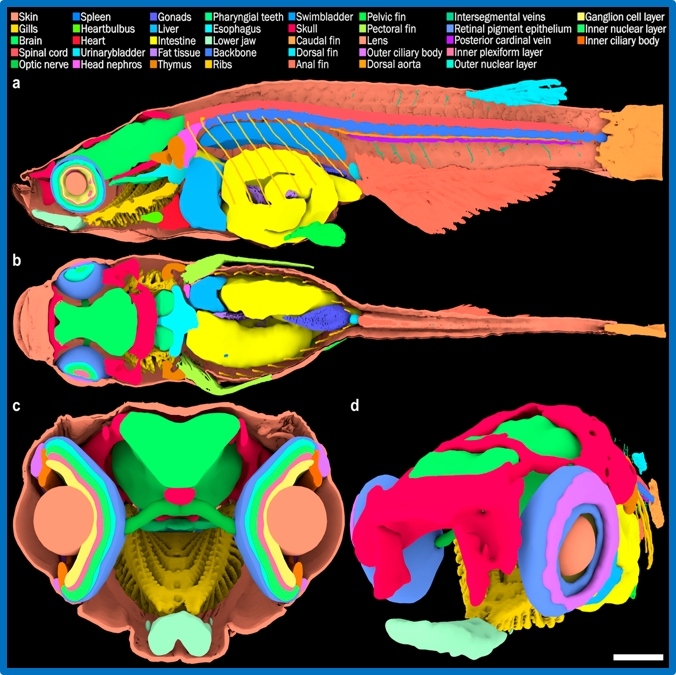
CODE-VITA is a joint project between the University of Heidelberg and KIT (Laboratory for Applications of Synchrotron Radiation) to develop synchrotron measurement technology for dose-efficient X-ray imaging, and to apply this exemplarily for research into development processes in model organisms which are optically opaque and therefore less accessible to visible light optical methods.
more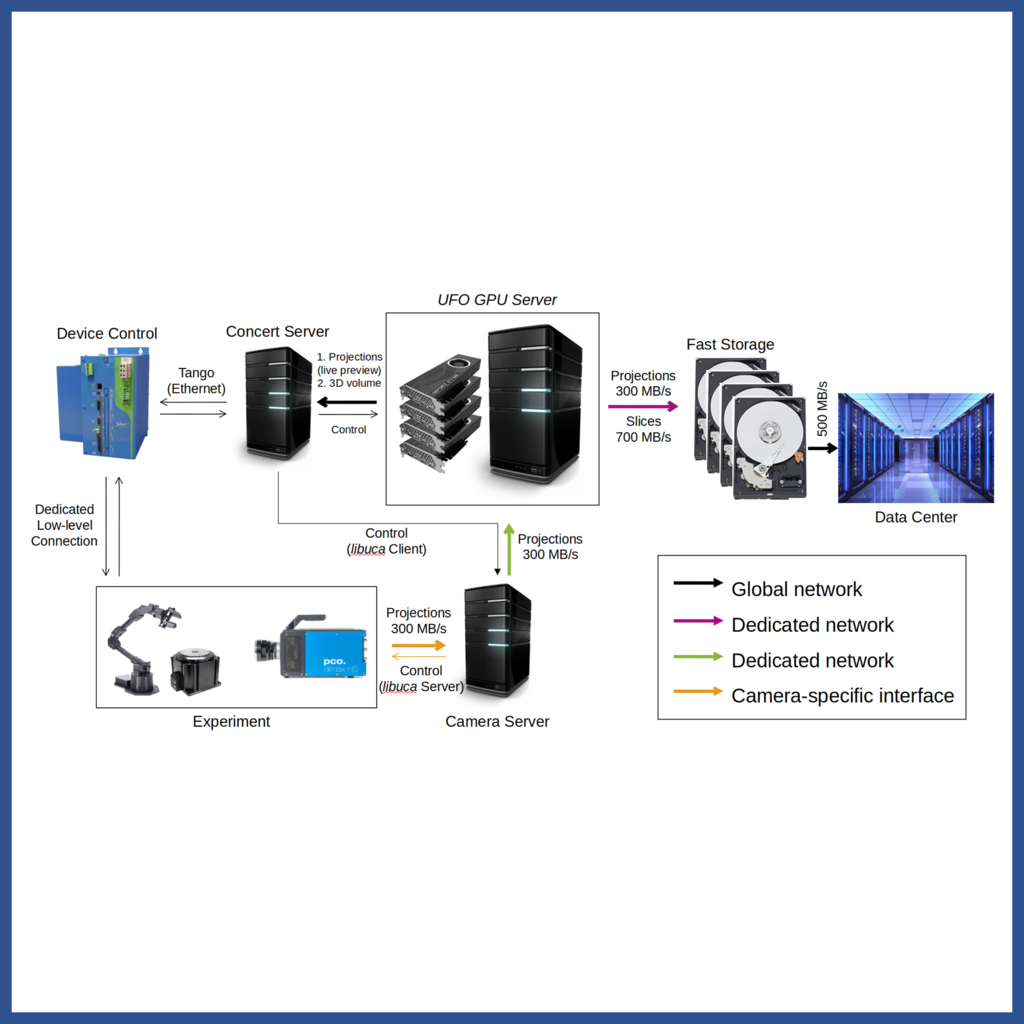
The goal is to address the data deluge in modern photon and neutron science by uniting multiple Helmholtz centers in three key areas: selecting, reducing, and preprocessing data in near real time.
more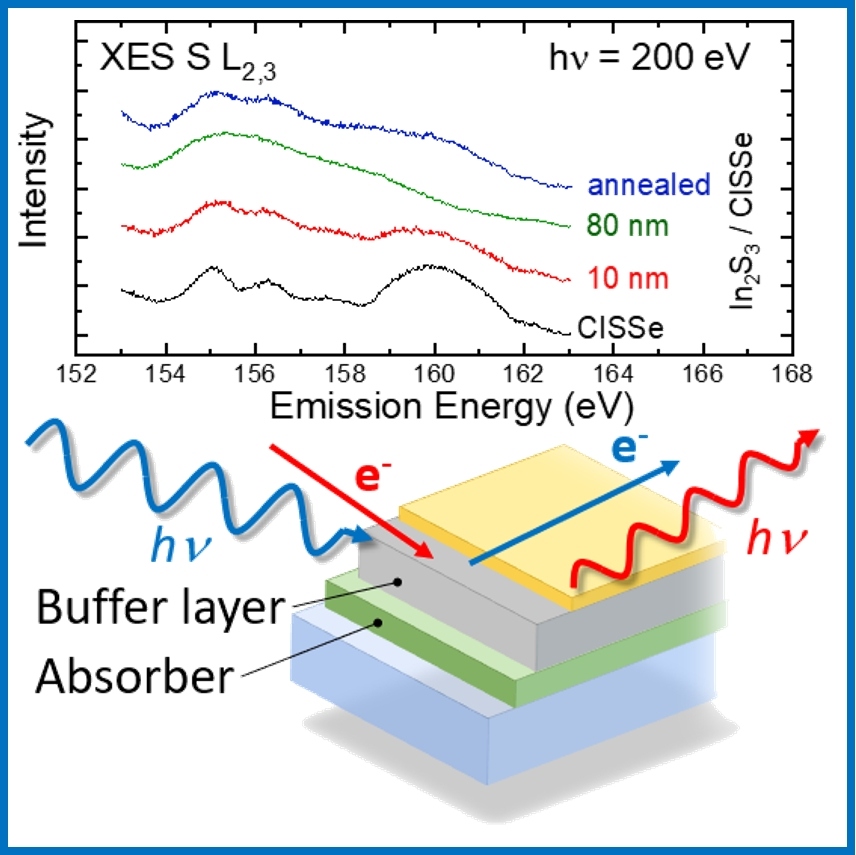
The aim of EFFCIS is to improve the efficiencies of Cu(In,Ga)(S,Se)2 thin-film solar cells and modules via the improvement of the solar cell’s layers and alternative buffer layers. Buffer layers within the CIGSSe absorbers are studied by means of a unique combination of soft x-ray and photoelectron spectroscopies.
more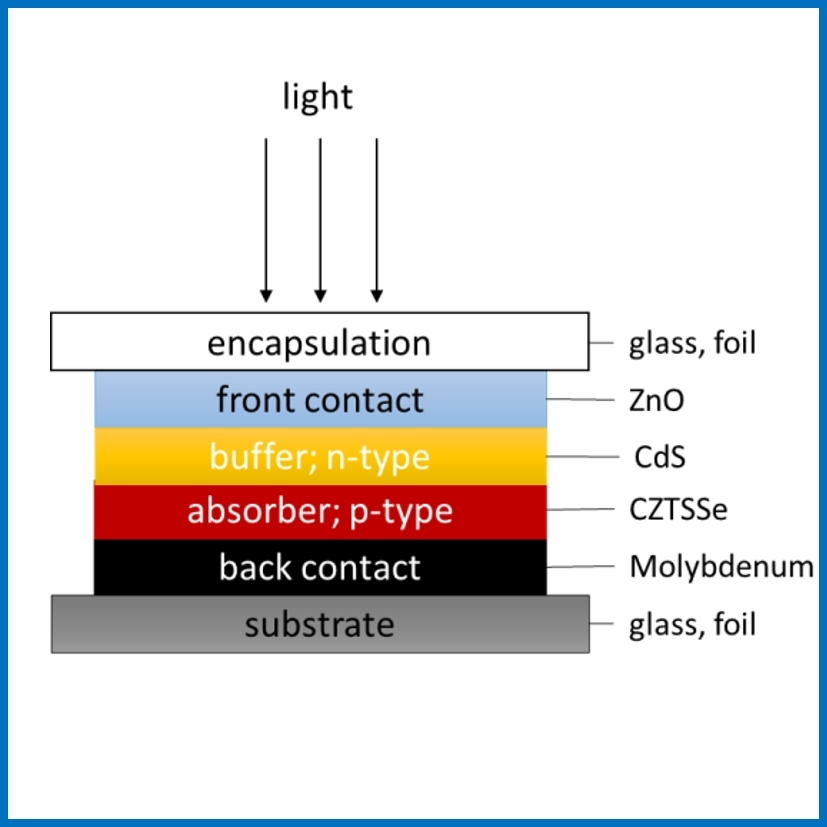
Optimization of thin-film solar cells based on the absorber material CZTSSe (Cu2ZnSn(S,Se)4) with kesterite structure. Spectroscopic characterization of the electronic and chemical properties of the individual layers, interfaces and component structures in relation to efficiency-limiting mechanisms in kesterite solar cells.
more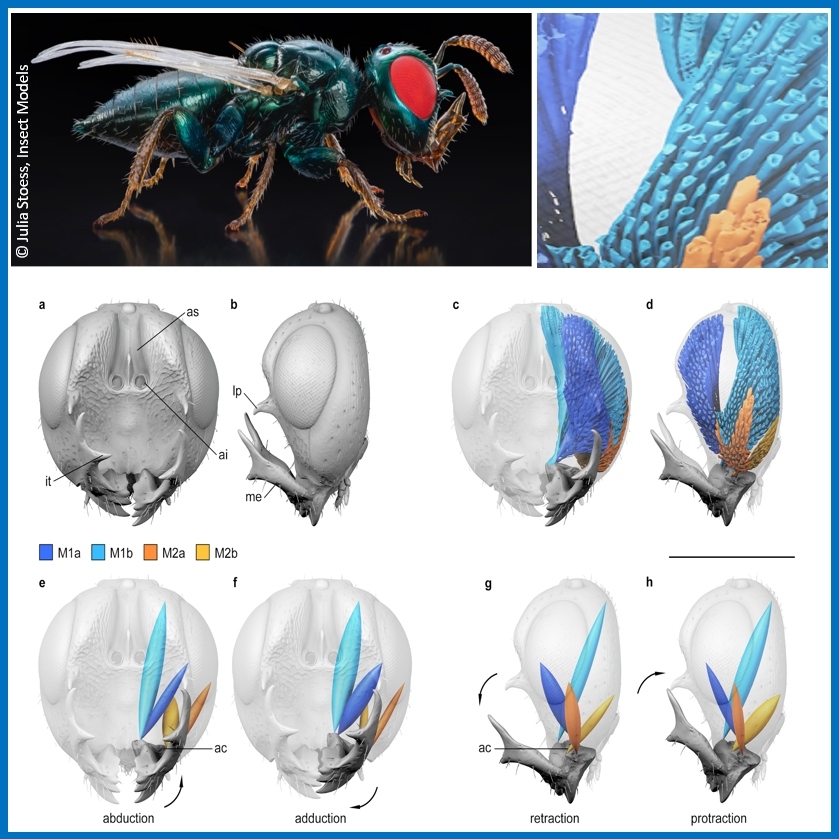
Acquisition of complete 3D morphological information of small animals. The project addresses general requirements in two fields of current biological research: vertebrate model organisms such as fish, frog etc., and arthropods such as insects, which fulfill key functions in our ecosystems.
more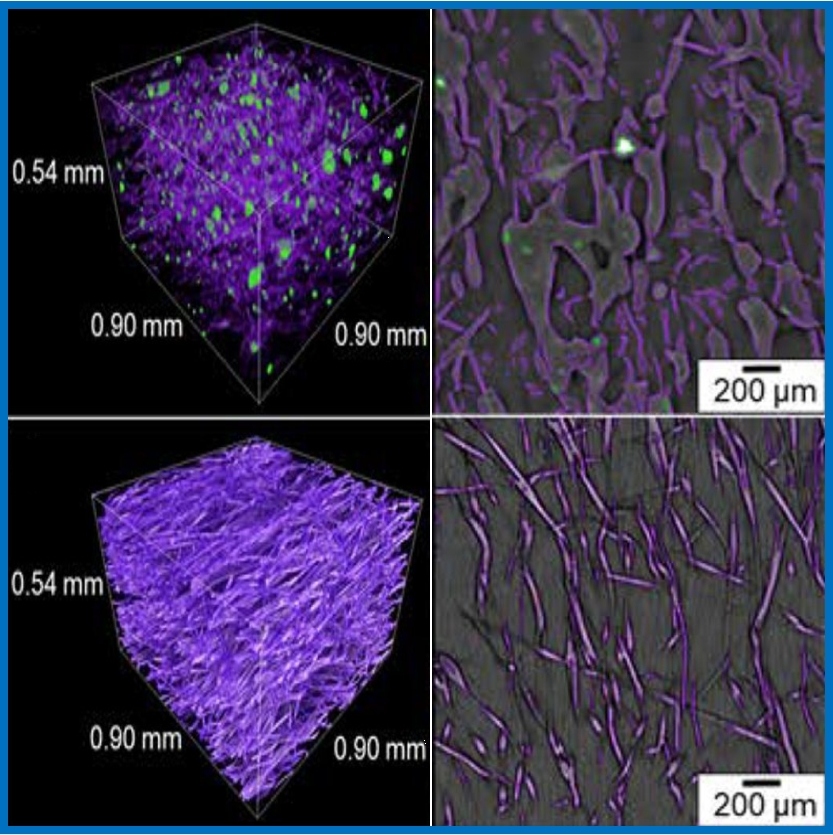
is an interdisciplinary approach to the fabrication and biochemical and biophysical characterisation of three-dimensional hybrid scaffold frameworks with controlled pore-hierarchies for bone-engineering. A key goal is the characterisation of the hierarchical structure of such frameworks by means of 3D X-ray synchrotron imaging techniques.
more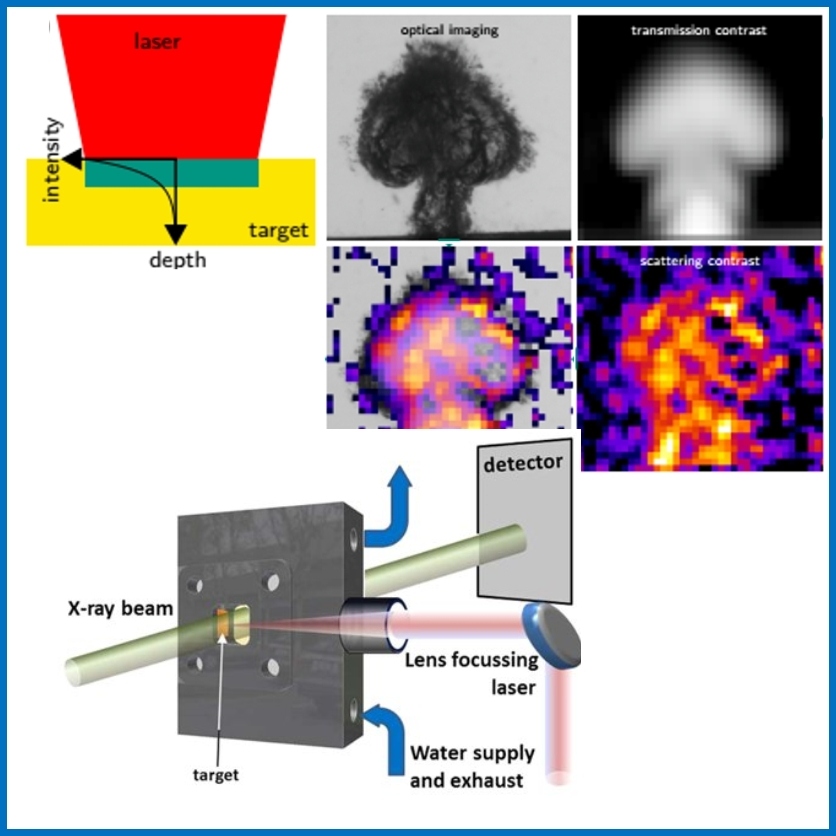
Pulsed laser ablation in liquids (PLAL) is an easily accessible process to produce a wide range of nanomaterials in liquids without contamination from chemical processes. The goal of the project is to resolve the dynamics of PLAL by hierarchical in situ methods and to correlate nanoparticle genesis with macroscopic phenomenology.
more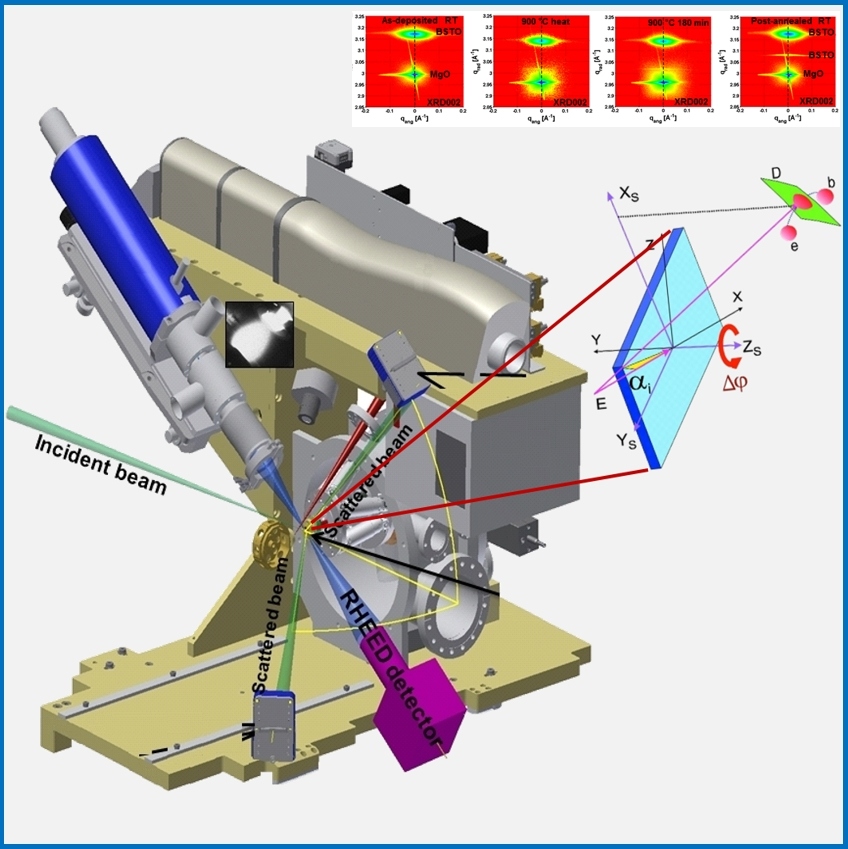
PLDLINK applies in situ X-ray scatttering methods to gain fundamental understanding of the growth of complex oxides produced by pulsed laser deposition (PLD), to enable optimization of the growth parameters for fabrication of multiferroic oxide systems with high technological relevance.
more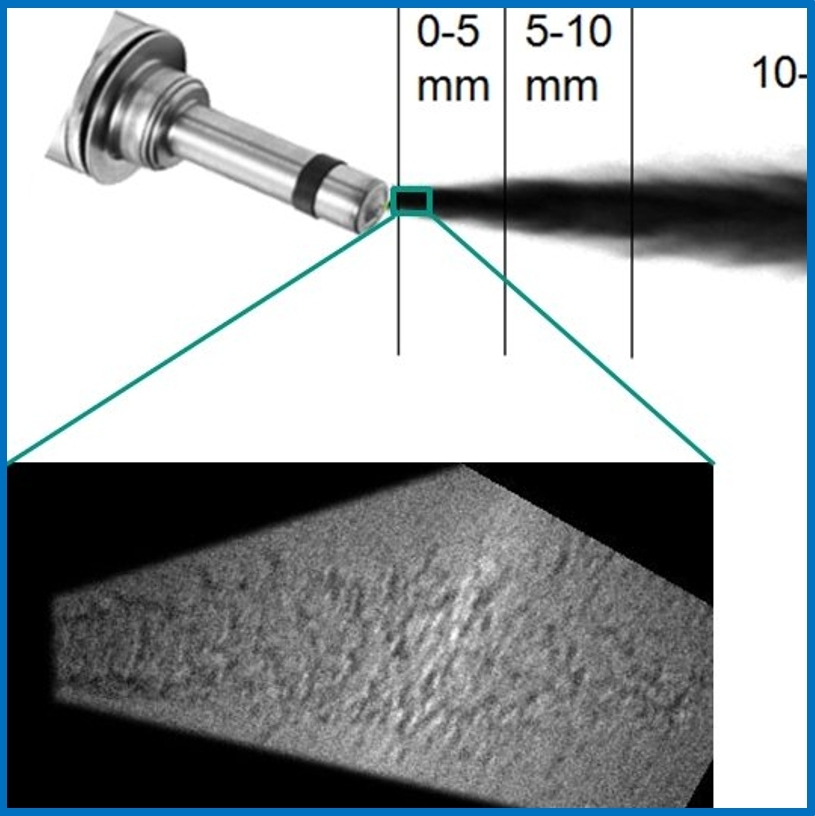
PN-Reduktion applies high-speed X-ray radiography and shadowgraphy to characterize the physical development of fuel spray during its development and to correlate these data to flow-simulation models.
more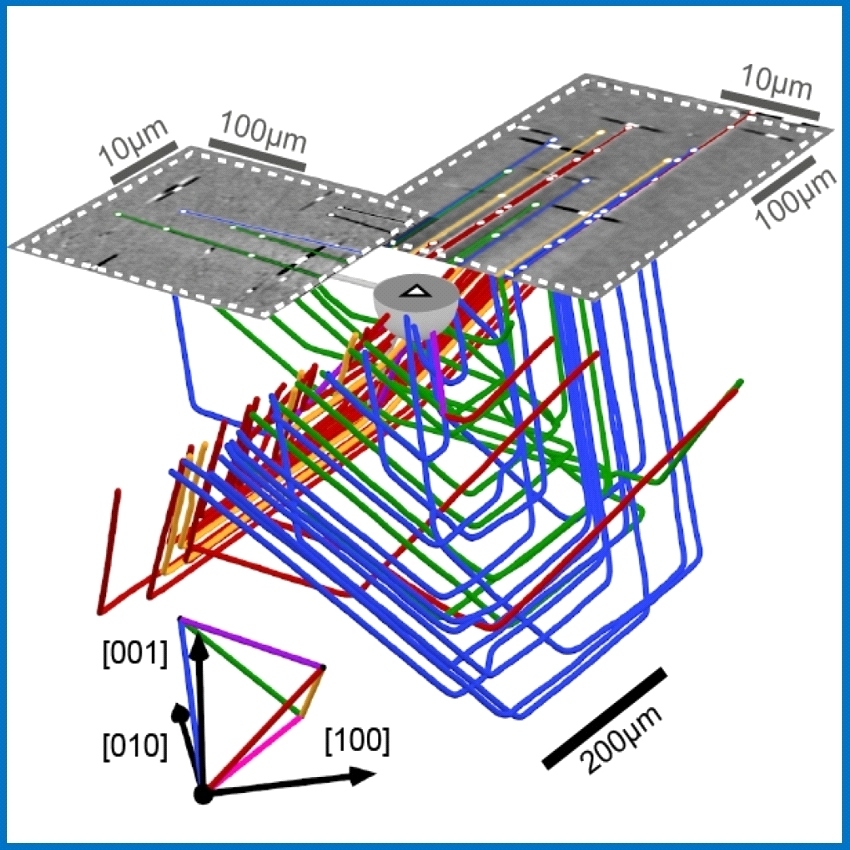
is a multidisciplinary collaboration with partners from materials research, crystallography, X-ray physics, algorithm development, and image analysis. The goal is the development and optimization of correlative full-field diffraction imaging methods with spatial and temporal resolution and the implementation of two stations with dedicated instrumentation.
more
